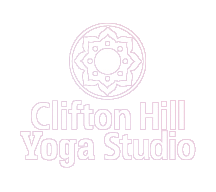I recently saw the excellent film “Whiplash”, which documents a fictional account of the trials of becoming a professional musician in New York City. At one point the conductor, the chief antagonist of the film, comments that telling a professional musician they’d done a “good job” was the biggest insult you could give them. It is a line that parallels the culture of the Iyengar teaching examinations, which don’t reward mediocrity, rather they demand excellence. Quite simply, if you want to use Iyengar’s name you have to live up to his standards.
Examinations were recently held at the Yoga Studio. Known simply and infamously in Iyengar yoga circles as “assessment”, their level of difficulty is so challenging that they are starting to become the stuff of urban legend. I recently overheard a student in the foyer remark, “Becoming an Iyengar yoga teacher is only slightly harder than becoming a dentist!” Many of you have been part of the process as a volunteer student; you’ve seen the candidates go up against the teaching component first-hand. All Iyengar teachers have passed assessment; many have failed an exam (or two!). They are unique in the yoga world.
Most yoga teachers undertake a 300-hour Teacher Training programme. The difference between Iyengar teachers and all other forms of yoga, is that the teacher training is just a prerequisite for sitting assessment. You cannot call yourself an Iyengar teacher until you have successfully passed assessment.
One of the functions of the Iyengar Yoga Association of Australia is to conduct teacher assessment. This was a key reason for the establishment of the Association in 1985. The first assessment in Australia was held in March 1987. Prior to that certification had been given directly by Guruji. All around the world other countries were replicating this experience. The Iyengar qualification is a global brand. Guruji was establishing a system where his style of teaching could be disseminated without compromising its integrity. To ensure this he developed the syllabus.
Iyengar teachers are certified to a level, similar to martial arts gradings. You can only teach what you have been examined on- you can only teach what you have proven that you have learnt. The levels correspond to the series of sequences Guruji developed, which act as a guide for Iyengar teachers to unlock the complex puzzle of yoga. The sequences’ importance is twofold- they provide a structure on how to approach the learning and teaching of the subject, and they establish a culture of continuing development in the teaching community. This is very important, because unlike in other forms of yoga it means your skills are continually being honed by assessment. It is why there are such highly skilled senior Iyengar teachers. Geeta Iyengar often says, “The Certificate is not the end of your teacher training, it is only the beginning!”
Each assessment takes a long time to prepare for. On average, a person would take a minimum of two years. This involves practicing the sequence hundreds of times, focusing on teaching postures from the sequence, developing your understanding of the skills assessors are looking for candidates to demonstrate at that level of certification. Teachers work collaboratively with each other- practicing together, giving each other feedback and a friendly shoulder to sob on.
Assessment is designed to test your theoretical and subjective knowledge of the subject. This mirrors Svadhyaya, one of the central tenants of Kriyayoga, the yoga of action. Svadhyaya means to study the scriptures to gain sacred wisdom and knowledge (theoretical), and to also study one’s self, from the body to the inner-self (subjective). It takes time to study the theory behind each level of certification, it takes much longer to integrate that theory into a personal understanding. Unlike in university, an Iyengar teacher is examined on their experiential understanding of the subject.
In the actual exam, all levels of certification follow the same format. Initially you submit a formal application to sit, which includes a written component. Here you answer set questions on yoga philosophy, therapy and theory. Then comes the assessment itself, always held over a weekend. You gather as a group on the Friday afternoon and practice the syllabus sequence in front of the examiners. They are marking you on numerous points of style, and specifically looking for points of weakness in the practice. You then come back and they give you a sequence of postures to teach a class. These postures are given to test your ability to teach the poses you have illustrated a poor understanding of in your practice. You are given 30 minutes to prepare before teaching. The group you are teaching is unknown to you, one of the students will be menstruating and several others will have injuries. You are expected to accommodate those students within the rhythm of the class. Your style is analysed and criticised. At the end of the weekend you come back for group and individual feedback. The feedback is not feel good, it highlights your weaknesses. It is intended to make you a better teacher. Only then you find out whether you have passed or failed.
And so many of us fail. As a teacher you almost expect to fail. Many teacher trainees get very despondent over how daunting it is. But it has to be, because yoga is a taught subject. Svatmarama said this in the Hatha Yoga Pradipika– yoga must be learnt from a guru (teacher). This is an enormous responsibility, as a teacher you have the interest of your students in your hands, but also the very future of the discipline. With the turning of yoga into sport, the demeaning of teaching to instructing or leading, the depth of the subject is being quickly eroded. This is a theme that Prashant Iyengar comes back to often, he says “my job is not to give you a work out, but to teach you Yog!” Guruji recognised this years ago when he bemoaned the commercialisation of yoga. He ensured his teachers would be tested to ensure that people bearing his name wouldn’t belittle the subject.
The Iyengar assessment is the strength of the discipline. It is the future of real yoga. It develops a community of teachers and a cohesive understanding of Guruji’s work. Many people become part of this wider community by volunteering as students in the assessments- here they get a glimpse of the exacting standards that make the Iyengar certification the gold standard in yoga qualifications.
“Learning is as much an art as teaching”- B.K.S. Iyengar
By Tim Bosworth, teacher at CHYS

